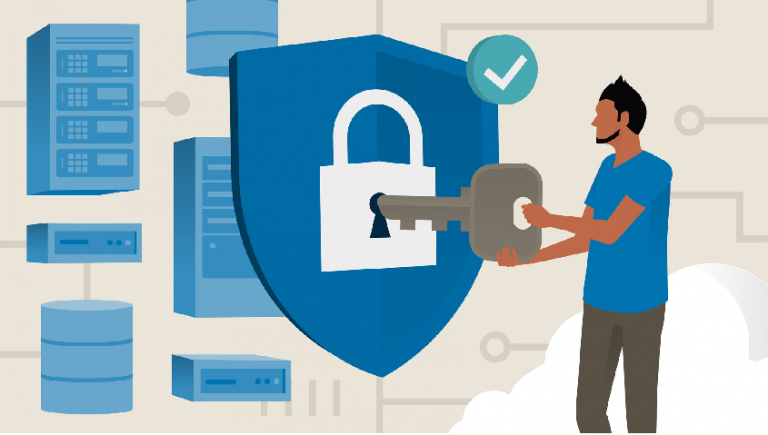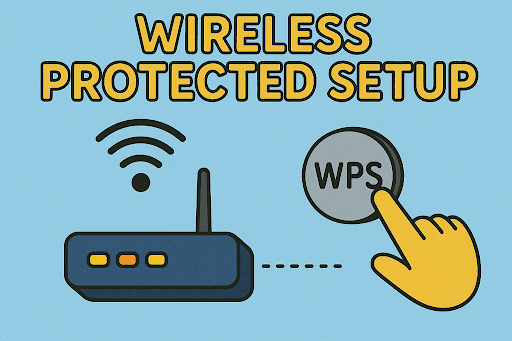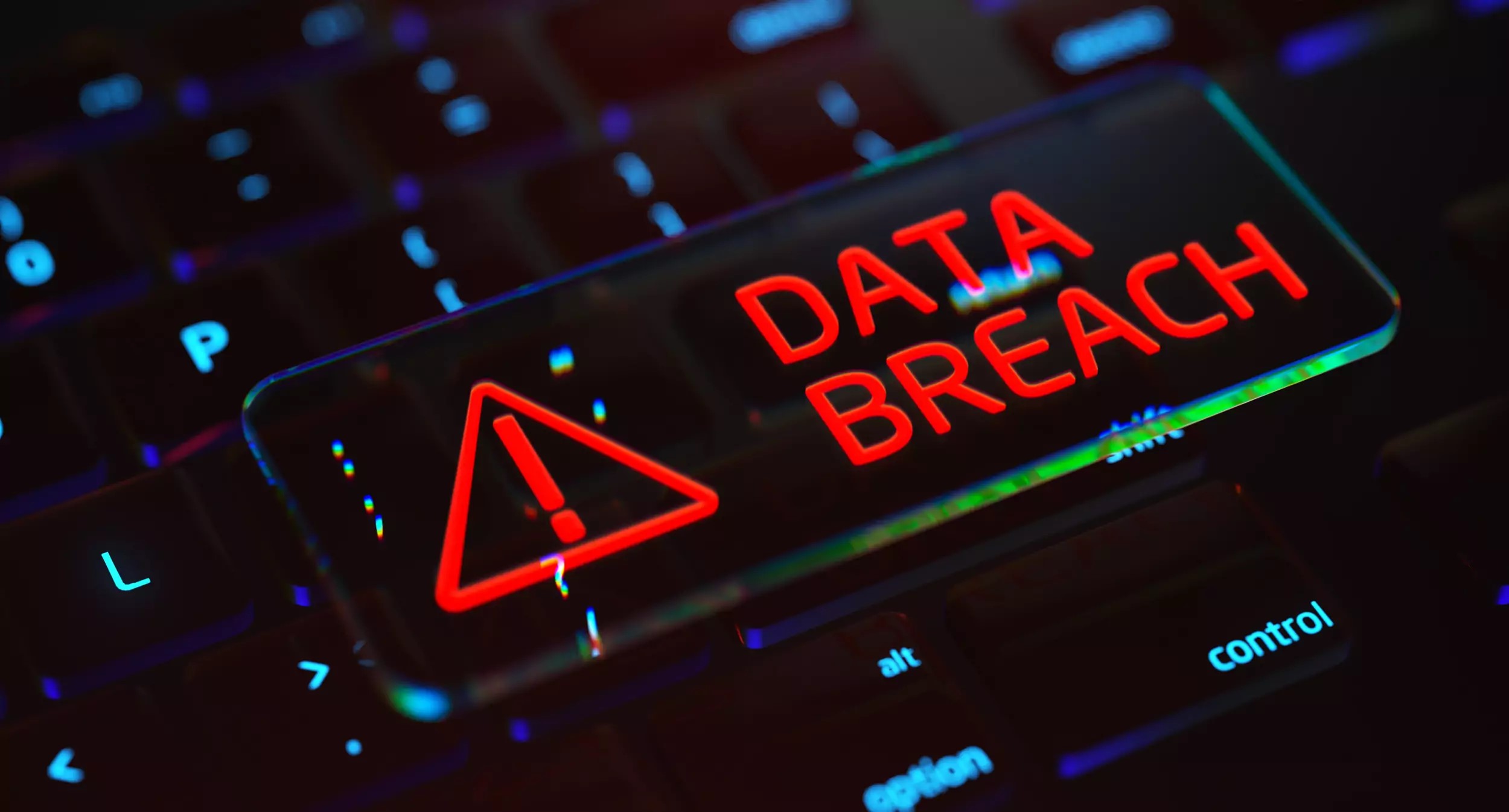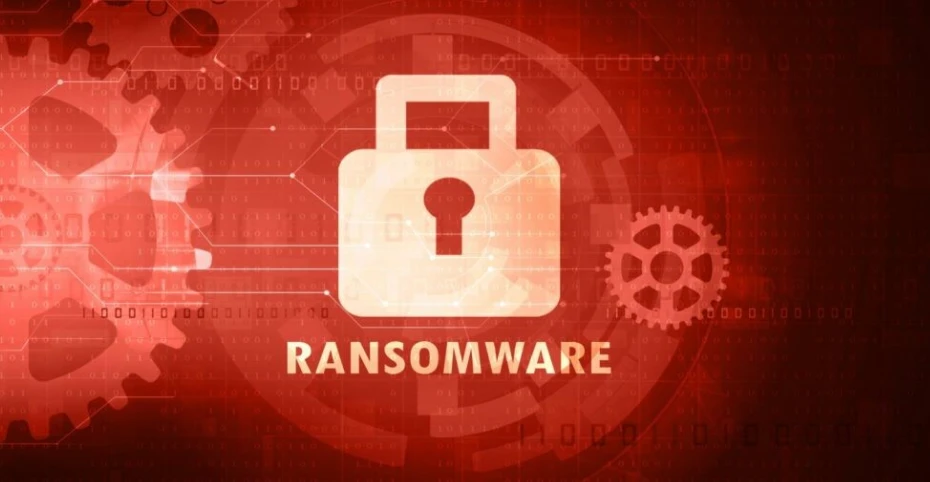What Is File Integrity Monitoring (FIM)?
Updated on October 11, 2022, by Xcitium

IT environments in any organizations see a phase of change always. The state of configuration changes. Software applications programs change. Design states change. Some of these adjustments are approved seeing that they happen amid a security-fix cycle; some reason worry by their sudden nature.
Organizations generally react to such dynamism by putting resources into secure configuration management and asset discovery. These foundational controls enable organizations to track their devices and screen those items’ setups. All things considered, organizations are left with an critical concern: accommodating change in essential documents.
Considering this challenge, organizations opt to choose File Integrity Monitoring
The File Integrity Monitoring is otherwise termed as change Monitoring, – it is a foundational control system that helps to investigate and validate files for the users to understand if there exists any change and how did the change happen and by whom did the change happen. It also helps the users to understand on how to restore the change happen, if it is found illegitimate.
File Integrity Monitoring (FIM) is an internal process that plays out the demonstration of approving the integrity of operating system and application software files using a validation technique between the present document state and a known, whitelist. The validation technique helps to manipulate known cryptographic checksum to perform calculation with the known calculated checksum of current state of the file.
Accordingly, FIM is helpful for identifying malware and in addition ensures consistent compliance with directions like the Payment Card Industry Data Security Standard (PCI DSS).
There are five stages for file integrity monitoring. These are as per the following:
Setting a strategy: FIM starts when an organization characterizes an applicable approach. This progression includes distinguishing which documents on which PCs the organization needs to screen.
Setting up a pattern for documents: Before they can effectively oversee files for changes, companies require a reference against which they can recognize adjustments. Organizations should, along these lines, report a standard, or a known decent state for files that will fall under their FIM arrangement. This standard should consider the version, creation date, change date, and other information that can enable IT experts to assure that the file is true blue.
Checking changes: With a detailed reference points, companies can continue to oversee all assigned files for changes. They can increase their observing procedures via auto-advancing expected changes, along these lines limiting false positives.
Sending a Caution: If their file respectability checking arrangement recognizes an unapproved change, those in charge of the procedure ought to convey an alarm to the significant faculty who can settle the issue.
Results of Reporting: Sometimes organizations utilizing FIM for assuring PCI DSS compliance. In that occasion, associations may need to produce reports for reviews keeping in mind the end goal to substantiate the organization of their file monitoring assessor.
See Also:



 (4 votes, average: 3.75 out of 5, rated)
(4 votes, average: 3.75 out of 5, rated)










